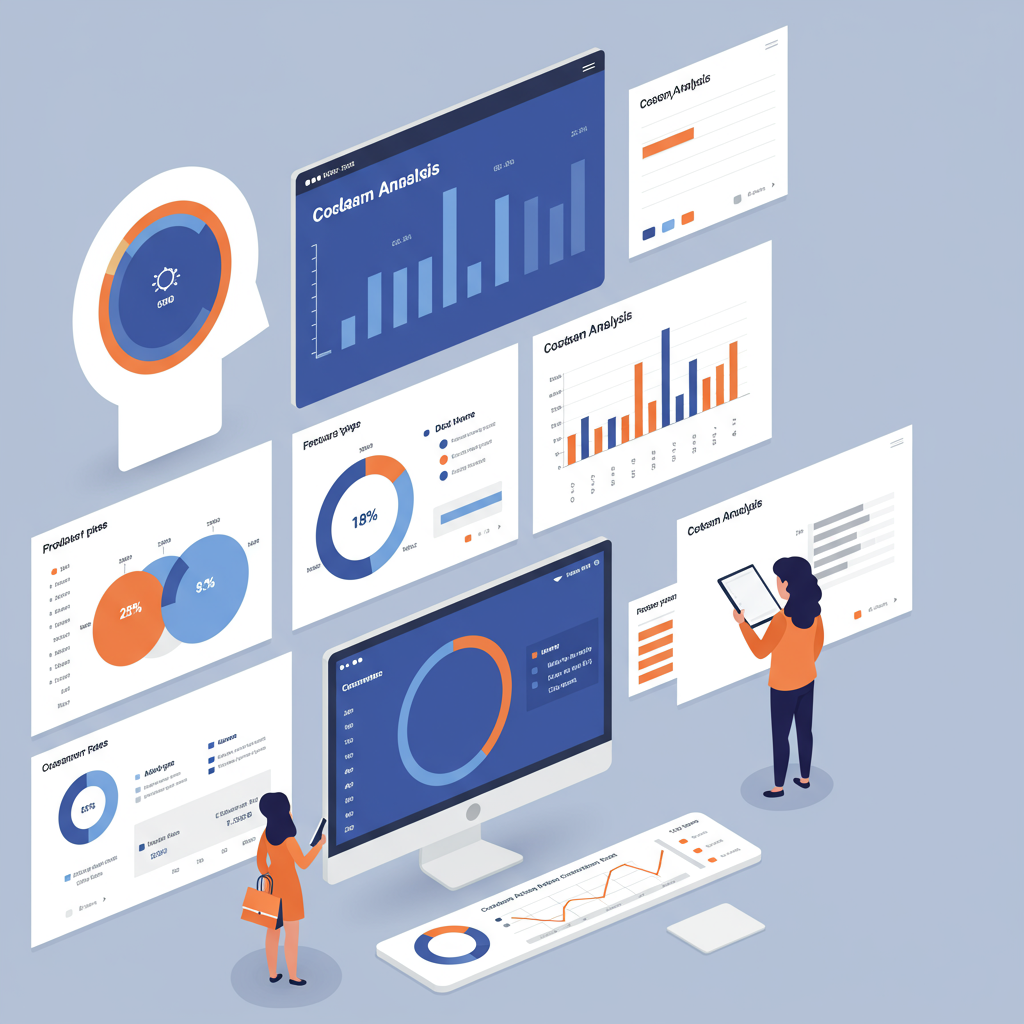Moving Beyond Aggregate Data to Understand Customer Behavior Over Time
Hello fellow merchants! Today, I want to dive deep into a powerful analytical technique that can truly transform how you understand your Shopify store’s performance: Cohort Analysis.
Shopify provides a wealth of data through its built-in analytics, offering insights into sales, traffic, and customer behavior.
However, sometimes looking at aggregate numbers can obscure crucial trends. We see overall sales, but what about the *story* behind those sales?
This is where cohort analysis comes in. It’s not just about what happened, but *who* it happened to, and *when*.
So, what exactly is a cohort? In simple terms, a cohort is a group of users who share a common characteristic over a specific period.
For Shopify merchants, the most common cohort definition is based on the acquisition date. For example, all customers who made their first purchase in January 2023 form a cohort.
Why is this so valuable? Because it allows us to track the behavior of these specific groups over time, rather than just looking at the entire customer base as one big, undifferentiated blob.
Imagine you launched a new marketing campaign in March. Without cohort analysis, you might see an overall sales bump, but you wouldn’t easily know if those March-acquired customers are more or less valuable in the long run compared to customers acquired in February.
Cohort analysis helps us answer critical questions like: Are customers acquired through Facebook Ads more loyal than those from Google Search?
Do customers who buy product A on their first purchase have a higher lifetime value than those who buy product B?
How does our retention rate change for customers acquired during a sale versus full-price periods?
These are the kinds of insights that drive truly informed business decisions, moving beyond guesswork.
While Shopify’s native analytics don’t offer a dedicated ‘cohort analysis’ report, you can absolutely perform this analysis using exported data or by integrating with tools like Google Analytics.
Let’s talk about how to approach this. First, define your cohorts. The most straightforward is by acquisition month or week.
You’d export your customer data, noting their first purchase date. Then, group them by that initial purchase period.
Next, you track their subsequent behavior. For each cohort, you’d look at metrics like repeat purchases, total revenue generated, average order value, and even product preferences over time.
For instance, you might see that customers acquired in Q1 2023 had a 30% repeat purchase rate in their second month, while Q2 2023 customers only had 20%.
This immediately flags a potential issue or opportunity. What changed between Q1 and Q2? Was it a different marketing message, a change in product offerings, or a shift in customer service?
By isolating these groups, you can pinpoint the impact of your strategies. If a new onboarding email sequence was implemented in April, you can see its effect on the April cohort’s retention.
Another powerful application is understanding Customer Lifetime Value (CLTV). Cohort analysis allows you to see how CLTV accrues for different customer segments over time.
You might discover that while one marketing channel brings in many initial sales, another, smaller channel brings in customers with significantly higher long-term value.
This insight can completely shift your marketing budget allocation, focusing on quality over sheer quantity of new customers.
What about product performance? If you launch a new product, you can create a cohort of customers who purchased it and track their subsequent engagement and purchases compared to other cohorts.
This helps you understand if the new product is attracting a more valuable customer segment or if it’s a one-off purchase for most.
To perform this, you’ll likely need to export your order data from Shopify, perhaps into a spreadsheet program like Excel or Google Sheets.
You’d then use pivot tables or custom formulas to group customers by their first purchase date and track their subsequent purchases over time.
For more advanced analysis, integrating your Shopify store with Google Analytics 4 (GA4) is highly recommended, as GA4 offers robust cohort exploration features.
Third-party Shopify apps also exist that specialize in advanced analytics, including cohort analysis, often presenting the data in easy-to-understand dashboards.
The key takeaway is to look for patterns. Are cohorts acquired during specific promotions less loyal? Are customers from certain geographic regions more likely to make repeat purchases?
Once you identify these patterns, you can formulate hypotheses and test new strategies. For example, if a cohort shows low retention, you might implement a targeted re-engagement campaign for them.
Cohort analysis isn’t just about identifying problems; it’s also about recognizing successes. If a particular cohort performs exceptionally well, you can analyze what made them unique and try to replicate that success.
It’s an iterative process of analysis, insight, action, and re-analysis. It empowers you to move beyond reactive decision-making to proactive, data-driven growth.
I truly believe that incorporating cohort analysis into your regular review process will provide a deeper, more nuanced understanding of your customer base.
It helps you optimize your marketing spend, improve customer retention, and ultimately, build a more sustainable and profitable Shopify business.
What do you think about this approach to understanding your customers? I’d love to hear your thoughts!
Start small, perhaps by analyzing just two or three recent cohorts, and gradually expand your analysis as you become more comfortable.
The insights you gain will be invaluable for your store’s long-term success.






